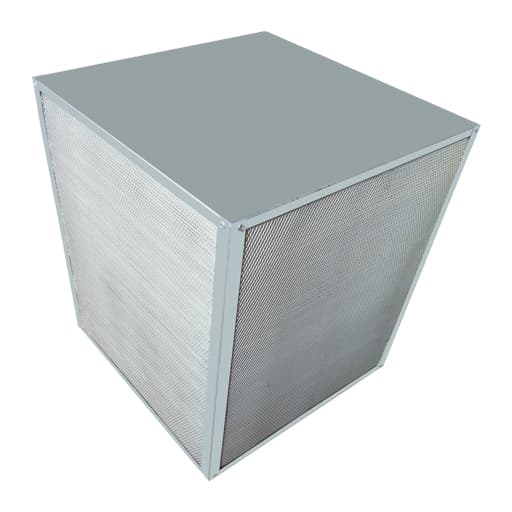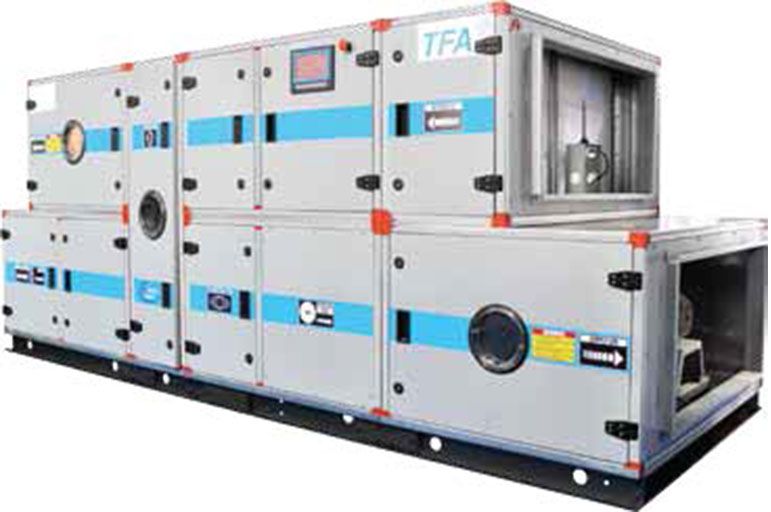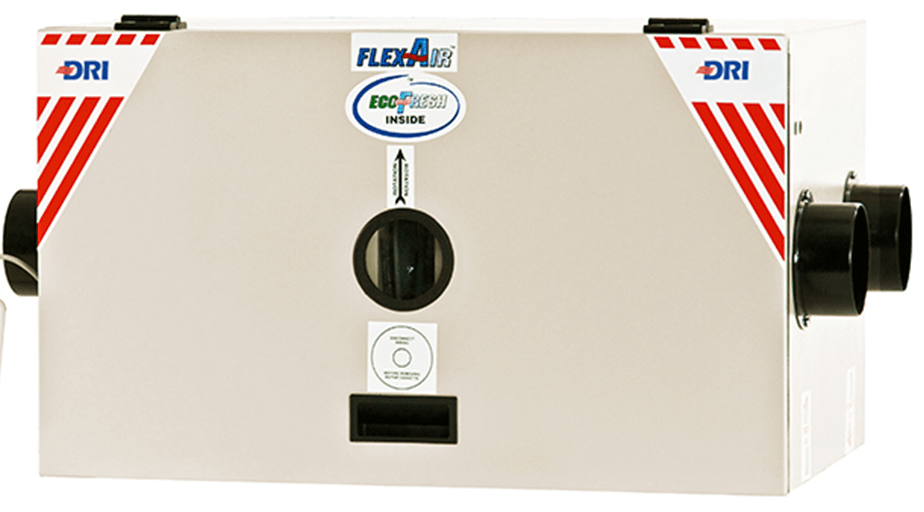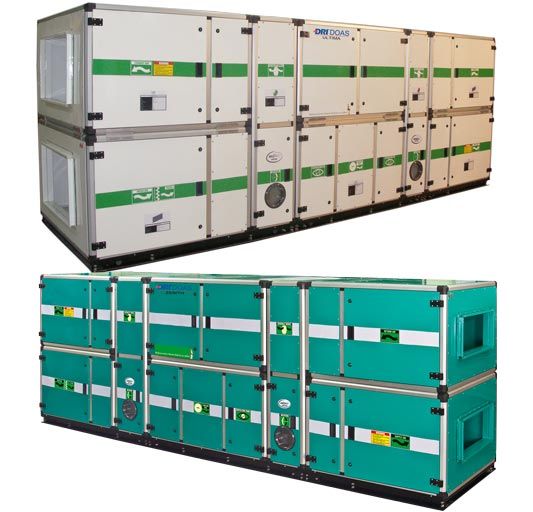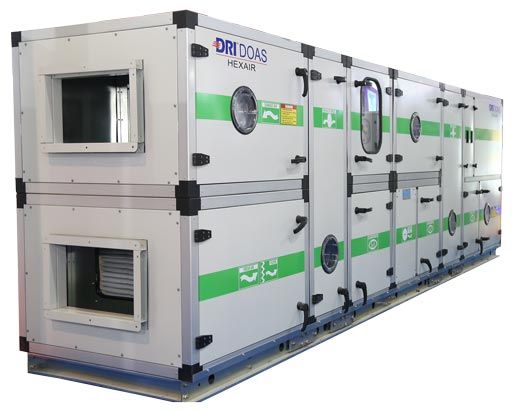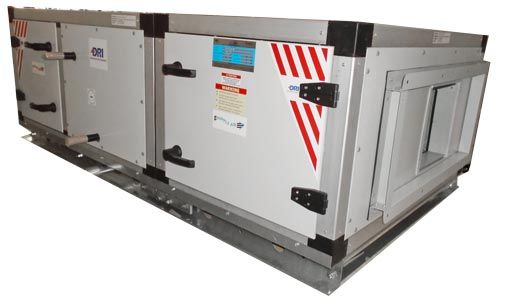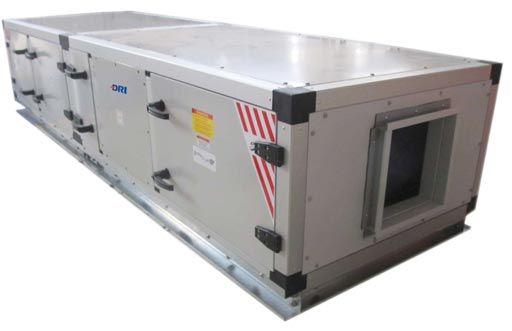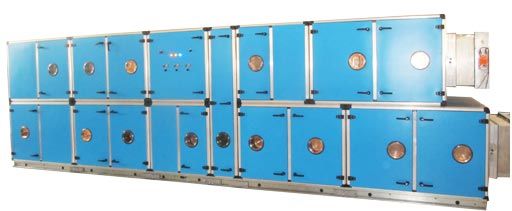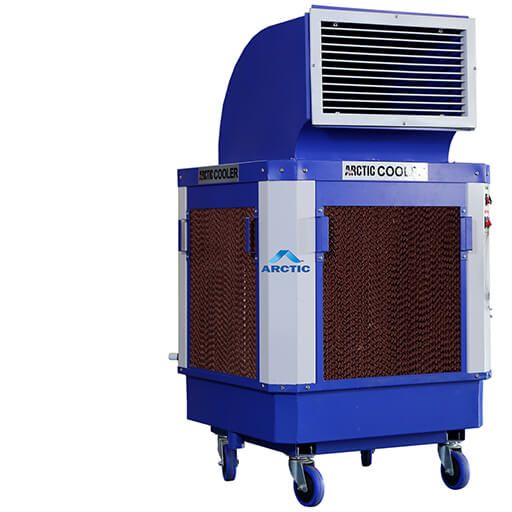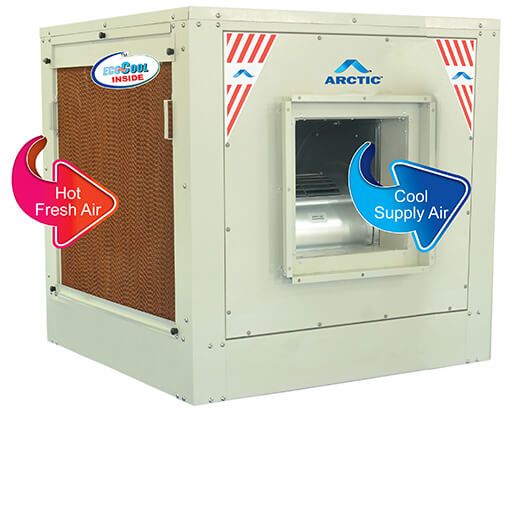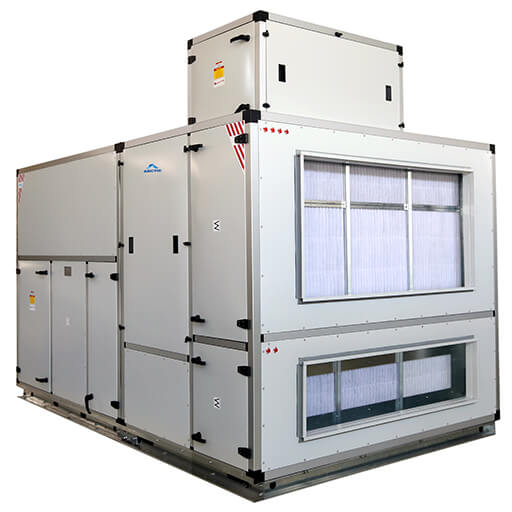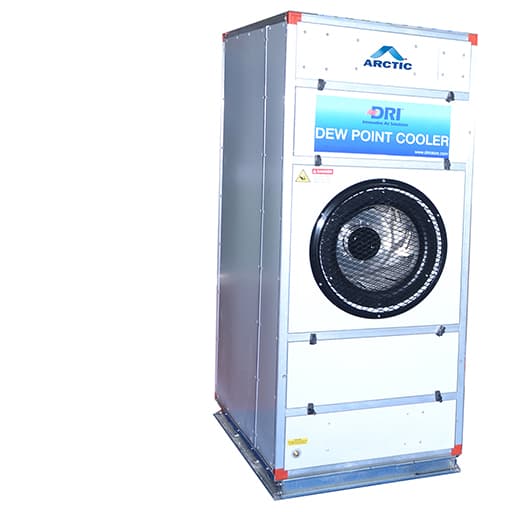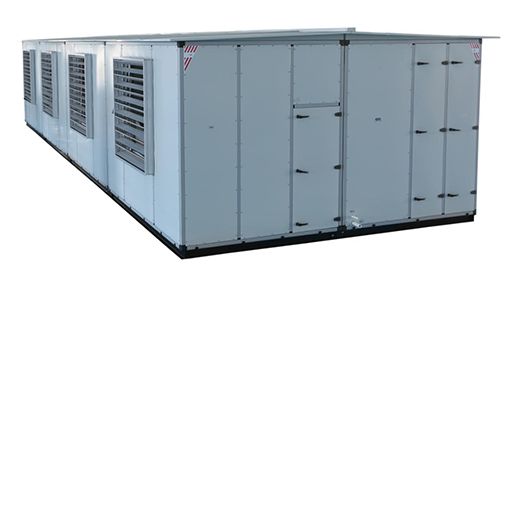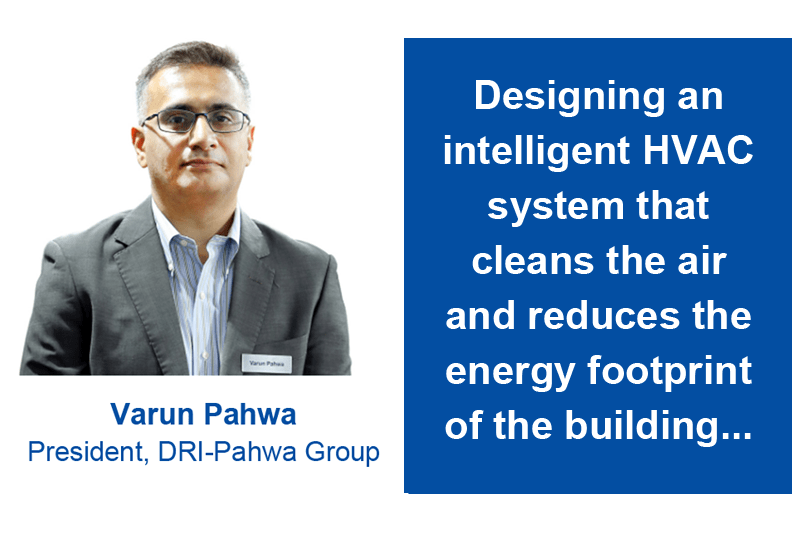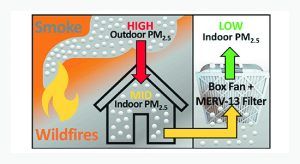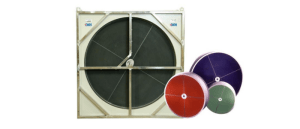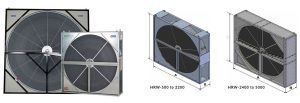Environmental control solutions are a vital part of today’s world – be it the residential, commercial, or industrial domains. In this exclusive interview with The Electronics, Varun Pahwa, president, DRI – Pahwa Group, shares insights on the sector and why he is optimistic about India’s strengths in the sector in the years to come. (Edited excerpts)
Tell us about DRI and the space you operate in?
DRI is part of the Pahwa Group. One of our group companies is Bry-Air which has its origins in the USA. DRI provides solutions and products, essentially for sustainable or what are now called green buildings. The product folio caters to reducing the energy consumption of buildings, especially commercial buildings, and also focuses on providing ventilation and fresh air to the occupants.
What are desiccant-based technologies, your products are based on?
Desiccant-based air technologies are fairly niche, globally. However, they are being adopted all over the world, because people see the benefits, especially when it comes to humidity management. South Asia and Asian countries (in general) face high humidity levels compared to Europe and North America. So a lot of the design work we do for a building has to do with humidity loads, that’s where desiccants can play a very important role. Desiccant is something that can absorb water and give out water as well. So, with desiccants at the core of technology of any HVAC (heating, ventilation, and air conditioning) system, you can control humidity better, provide better comfort to occupants of the building, and also go a long way reducing the energy footprint, both, in terms of running cost and also the first capital expenditure of any equipment.
You are a global provider of components, products, and systems for energy recovery, indoor air quality, fresh air treatment, evaporative cooling, humidification, RH control and green buildings, energy recovery ventilators, and treated fresh air units. It’s a big portfolio. Tell us what all is happening on these fronts?
When we think of air conditioning, we typically think of only cooling. However, it goes beyond that. A lot depends on which part of the country you are in. We could be dealing in air cooling, air heating, air cleaning, which is the filtration of clean air in terms of particulate matter, now a major concern in cities like Delhi.
Also, we can talk in terms of humidifying the air or dehumidifying the air. Humidifying air is where we add moisture to air and dehumidification is where we are reducing moisture from the air.
India is a very large country and we see all types of climate, especially if you take the 12 months. So the challenge is how we optimize and design a system that is good for the occupants, all year round, and also energy efficient because that is the key focus across the board. The end-user and the government agencies’ focus is to reduce the energy footprint. So, all our products are catering to these two aspects providing clean air, as much as possible fresh air and at the same time reducing the energy footprint of the building.
So there is a huge scope in the country, and proudly, we are global leaders in this field. We do export globally, right from South Korea to Brazil to Canada. It’s backed by research. We are proudly researching in India, producing in India, and producing products for the world from India.
In terms of being “AatmaNirbhar”, the government has taken several steps. Do you think that there is anything additionally required for the sector?
‘AatmaNirbhar’ means different things to different companies, given portfolios, sectors they play in, markets they play in. So, I will specifically talk about what AatmaNirbhar means to us. We are today an export-oriented company, we explore global markets and provide quality products. India, of course, is a very large market for us and we will continue to grow. At our end, AatmaNirbhar is to see that our supply chain from our vendor-base is something that we look at sourcing from within India. So, that’s what we can do at our end as a company which is already exporting, to indigenize our own supply chain. I think the government is doing their bit, but at the end of the day it’s up to the corporates, up to the companies to evaluate and see, and handhold their vendor-base and take initiatives abroad for exporting. So there is a lot more we can ourselves do.
We are talking about newer technologies. Is your sector affected too by new technologies?
The air conditioning sector has traditionally been the old economy sector, the brick and mortar sector. We haven’t seen game-changing innovation that one sees in terms of AI or electronic hardware, or mobile phones. But then, in our space again, innovation is happening and the innovation is towards more energy-efficient products, providing lower energy consumption, and ease of use and adaptability. There is definitely innovation happening, but it won’t be right to bundle it with the same innovation that you see in Silicon Valley, or Bangalore, or in the software or the hardware side of electronics.
What’s your sector likely to be in the next decade?
Our sector gets split between residential solutions, commercial solutions, and industrial solutions. The next decade for India and all the fronts for the air conditioning products is very optimistic. We are in a growth economy, and all these sectors – as residential buildings come up, commercial buildings come up, new factories get put up – we will require good environmental control and energy-efficient environmental control. We can only look forward. So as a company, as a corporate, as a group, we are very optimistic about our own domestic market, and I think that will always be our first priority.






